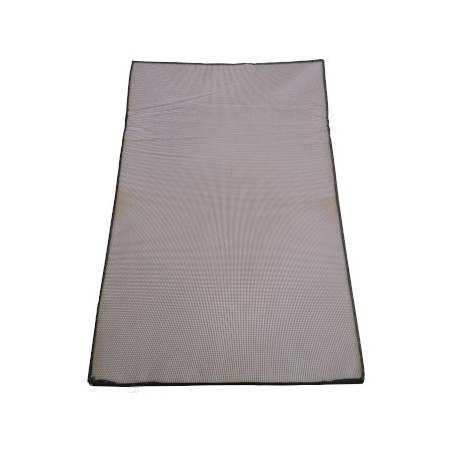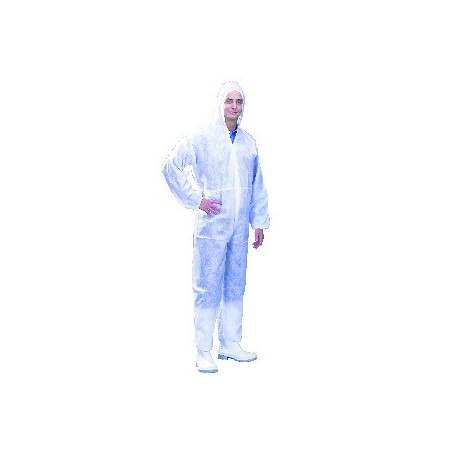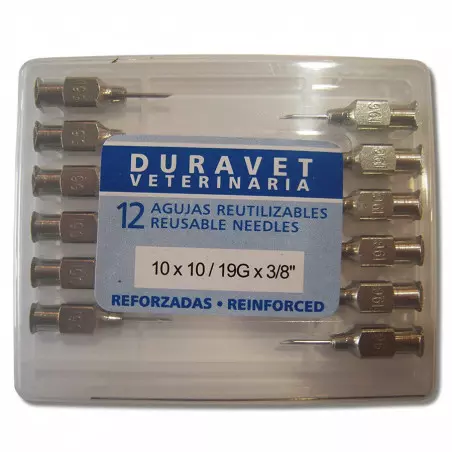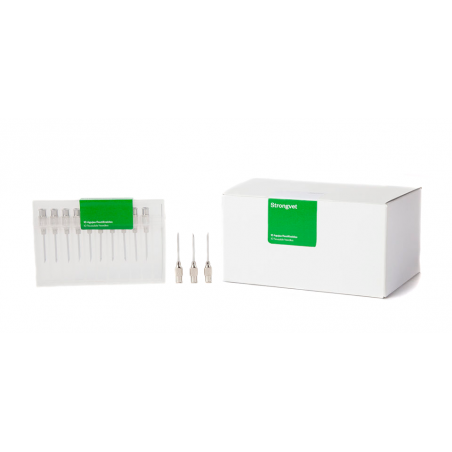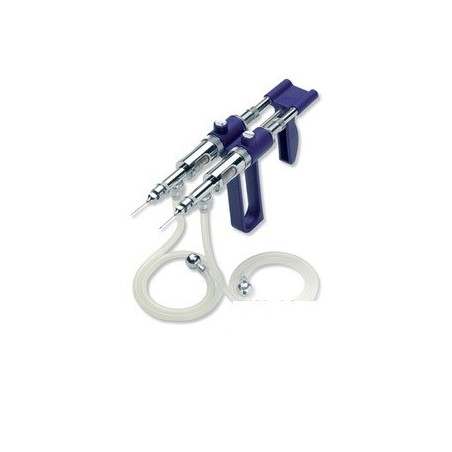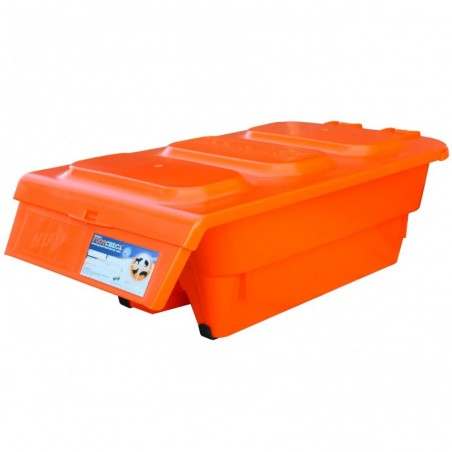The control of porcine reproductive and respiratory syndrome virus (PRRSV) is one of the major challenges of the pig industry worldwide. The lack of universal vaccines, together with a complex pathogenesis and epidemiology, forces to address its control from a multifactorial approach. So, PRRS control is based on four pillars, all of them with the same value and importance: 1) Diagnostic and monitoring, 2) Immunity, 3) Herd management and 4) Biosecurity. This last pillar, biosecurity, is defined as the group of measures implemented to reduce the entrance of pathogens into the farm (external biosecurity) and, to reduce its dissemination once they are present at the farm (internal biosecurity). In many cases, the implementation of biosecurity measures implies a change in farm management, investment in the facilities and changes in the farm workflow; however, biosecurity measures should be understood as an investment, not as a cost. Also, the results of their implementation have to be evaluated in a mid/long-term; to expect short-term results lead to frustration and even the abandonment of their implementation. In order to avoid this undesirable situation, each biosecurity measure must be associated to an objective, and therefore, to a future and measurable result.
Biosecurity can be understood as a risk assessment. The principal risks for PRRSV lateral introduction are replacement animals and semen, but we cannot forget the transport, visits and also the surroundings. Therefore, measures related with the health status of the source farm of replacement animals and semen, quarantines, loading bays, visitor policies and collective work between neighboring farms can reduce the risk of PRRSV introduction. With regard to PRRSV dissemination within the herd, it can be favored by incorrect acclimation of gilts and sows, deficient cleaning and disinfection of the facilities, workflow of the workers, lack of batch planning and poor all-in/all-out implementation, inappropriate cross fostering policies and the use of “shared” needles for treatments. From this point of view, any management measure aiming to bring order in the workflow and to monitor the immunization status would reduce this risk.


Designing a biosecurity protocol for controlling PRRSV must be individually adapted to each farm; what is a priority and what is not? It depends on the risks and the PRRSV status of the farm:
- In a PRRSV positive unstable farrow-to-wean farm, in which PRRSV circulation is active in farrowing units, the first efforts should must be done to elucidate what is the source of infection and to stabilize the herd. So, a crucial question arises and it should be clarified beyond doubt: Is the presence of PRRSV in farrowing units due to vertical transmission events or due to an anterograde transmission from nurseries?
- If vertical transmission is taking place, the most important point to be evaluated should be the quarantine (external biosecurity) and the acclimation of the gilts (internal biosecurity).
- Regarding the quarantine, the objective is to avoid the constant entrance of new viruses in the herd through infected animals. In the best case scenario gilts must be ELISA and PCR negative at arrival. Also, the facilities should be isolated and at least 1 km away from the rest of the herd. Finally, the personnel and materials should be exclusive.
- Acclimation should guarantee that all gilts develop homogeneous immunity before their introduction to the breeding herd. For this reason, all animals should be immunized at the same time and seroconversion should be assessed. Feedback treatments (contact with positive animals, placenta or abortion materials – when allowed) cannot guarantee a proper immunization of all the animals at the same time. If timing and monitoring are not properly carried out, the risk of introducing infected gilts in the reproductive flow can increase, since these animals may act as PRRSV seeders to other pregnant sows. Additionally, measures to reduce the PRRSV infectious pressure in farrowing units and nurseries -such as to reduce crossfostering, to euthanize weak-born piglets and to change needles between pens or litters should be applied. Also, sows that had problematic litters or late-term abortions should not be used as nursing sows.
- If the virus source is anterograde, workers workflow, All In/All Out and cleaning and disinfection policies are crucial for controlling the infection. On this case scenario, emptying the nurseries can be an option.
- To evaluate the efficiency of these measures, monitoring of PRRSV must be done:
- Gilts after first vaccination to assess seroconversion as an indication of proper acclimation.
- Piglets at weaning to evaluate the lack of PRRSV circulation in farrowing units if the objective is to stop vertical transmission.
- With oral fluids to assess the circulation of the virus in nurseries. At the end of the nursery phase (9 – 10 weeks of age), by means of serology to detect seroconversion against PRRSV.
- In a PRRS stable farm ( no transmission in sow herd with negative flow of pigs from farrowing to weaning), the priority should be to avoid any PRRSV lateral introduction, and secondarily, to evaluate the possibilities of the whole herd to become negative.
- To decrease the risk of PRRSV lateral introduction, external biosecurity should be the priority of the farm.
- External replacements and semen must come from negative sources, but also loading bays, strict hygienic policies for visits, and establishing a perimeter in the farm become principal measures; external risk must be minimized.
- The monitoring should be based in detecting serologically negative pigs at the end of weaning and the lack of new outbreaks.
- To eradicate virus and eliminate positive animals (cease the vaccination) is only be feasible under two scenarios:
- 1) the farm is placed in a low density area (e.g.; >5 km from the closest herd)
- 2) the farm is in a high density area but surrounded by negative farms under regional PRRSV control. Otherwise, sooner or later PRRSV re-introduction could occur and this could be devastating in a naïve population.
- The monitoring for this case should be based in periodic serological evaluations of sows.
Finally, under our experience, none of the previous measures makes sense if the personnel of the farm does not believe in the usefulness of biosecurity. For this reason it is essential to implement staff biosecurity training highlighting its importance in the control of PRRS and other diseases.






